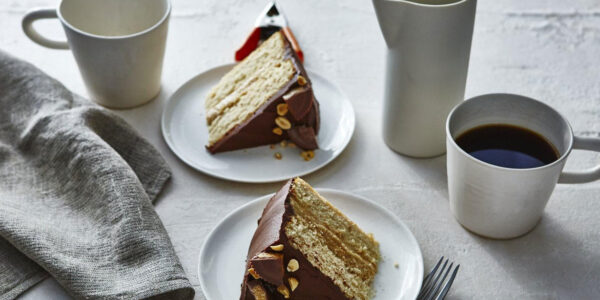
Mixing plants in borders
A border’s design doesn’t have to be complicated. Just keep taller perennials at the back and shorter ones up front. Decide which colors to plant side by side.
Separate by several yards flowers whose colors clash, or divide them with a mass of blue or white flowers or gray foliage.
Plant perennials that have similar needs together. Pay attention to leaf texture and color.
Beyond that, the balancing principles of contrast and repetition come into play. “Put bold next to delicate and big next to small,” says perennials expert Judy Wigand. “Contrast flower shapes as well, letting spiky, flat-topped, and pompom blooms play off each other.”
For color inspiration, Wigand lets nature be her teacher. “Look at Anza-Borrego Desert, where miles of purple desert verbena grow with white desert primrose,” she says, “or Arizona’s Superstition Mountains, where orange poppies contrast perfectly with blue lupine.” Wigand likes red flowers beside yellow ones, or orange and blue flowers side by side, with gray foliage around them.
But, admits Wigand, “I’m a fast-paced person, so I like my garden to calm me down. That’s why I choose pastels – soft peach with blue interspersed with white, and maybe yellow as a distant highlight.”
Repetition is another great workhorse of good design. Clumps of three or more gloriosa daisies repeated throughout a border unify the planting, as does placing side by side plants whose flower or foliage colors echo one another – a rudbeckia with a chocolate brown center beside a chocolate-bronze purple fountain grass.
